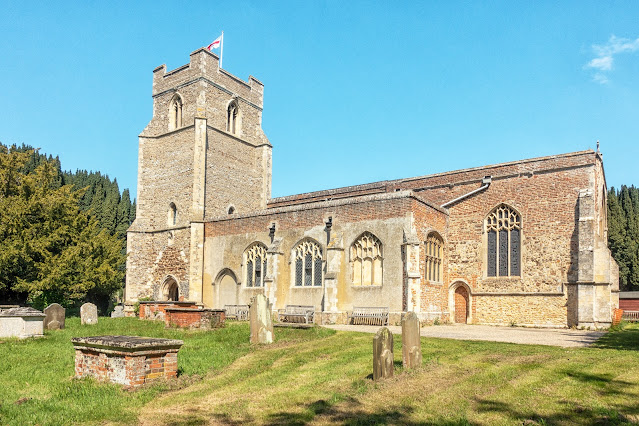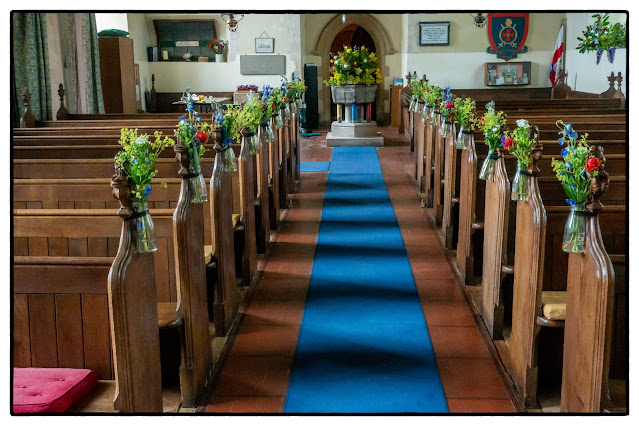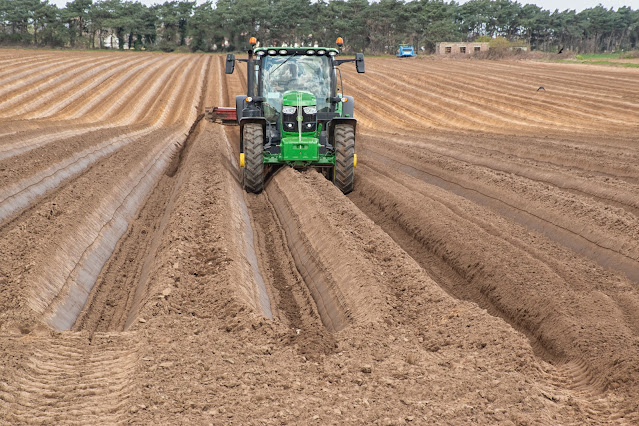My photographic diary - a record of places visited and things seen, including the history found in our many villages, and nature in its many forms. They are, above all, my memories --- "For what is a person without memories? - a ghost, trapped between worlds, without an identity, with no future, no past"
Wednesday, 14 June 2023
John Clench of Holbrook
Tuesday, 16 May 2023
Church flower decorations on Coronation week
Monday, 15 May 2023
Coronation Celebrations - Layham & around
Thursday, 4 May 2023
To the woods to see the Bluebells - and more.
Sunday, 23 April 2023
Agriculture - April Gill Moon Challenge
This Challenge gave me a rather tough time as there is not a lot happening on the fields around here in April. Fields have mostly started to grow, so maybe some spraying but not a lot else. However, a few drives around the area gave us some ideas, as we could include animals, machinery, and the like. Anything, in fact, that said `agriculture`.
The first port of call was a field with five, (yes five!) tractors in it, mounding up potatoes. The patterns created were interesting, so to start, a few images of them in action.
Next port of call was a local farmyard, but I personally couldn't find much of inspiration here. However, some images to contemplate.
Then some old farm machinery.
So, as for the challenge, I have some ideas, even if I do not actually use these images. However, I have not found a lot of inspiration in the subject at this time of year. Summer, with crops abounding and fields being cut and all the activity surrounding that, would certainly give more scope I believe. Plus, there would be a lot more animals in the fields. Never mind, it has been fun!
Friday, 3 March 2023
Pin Mill 50mm Challenge - with Gill Moon





















































